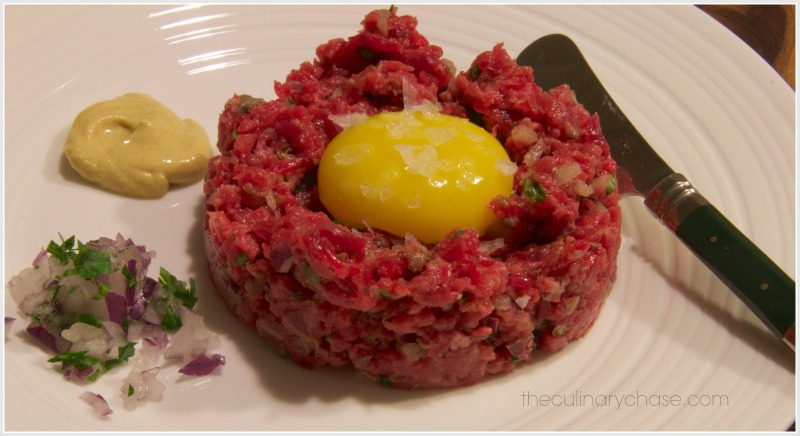 So you think you know your salt, do you? While there are mixed reviews about Salted: A Manifesto on the World’s Most Essential Mineral, I enjoyed reading it. Yes, there’s lengthy writing on the history, the many variations of artisanal salt available today, and it makes for a great reference manual, however I purchased it because I wanted to learn more about the original food preservative (centuries before refrigerators came into being).
So you think you know your salt, do you? While there are mixed reviews about Salted: A Manifesto on the World’s Most Essential Mineral, I enjoyed reading it. Yes, there’s lengthy writing on the history, the many variations of artisanal salt available today, and it makes for a great reference manual, however I purchased it because I wanted to learn more about the original food preservative (centuries before refrigerators came into being).
I’ve long been an advocate for throwing out table salt and replacing it with sea salt. Back in 2003 I bought The Tao of Detox – The Natural Way to Purify Your Body for Health and Longevity and one of the things that really struck a chord with me was that industrially refined table salt that most people in the world use does more harm than good. Industrial salt has been stripped of its minerals, elements and other factors leaving a denatured salt that is 99.9% sodium chloride. This process leaves table salt hardened and it remains in the body for a long time. The sodium, however, in Celtic sea salt is less concentrated and leaves the body quickly. It also neutralizes and flushes out excess sodium from the body. Ok, I’ll step down from my salt soap box…
Last weekend we were dining at a new restaurant and on their menu was steak tartare. I had been planning to make this before and having tried it years ago I was intrigued as to how the restaurant would serve it. Presentation-wise, it was perfect but the overall flavor was lacking something and I just couldn’t put my finger on it nor could our friends. After making the tartare last night, I realized it was a combination of ingredients that were missing from the restaurant version.
Serves 2
adapted from Salted
240g (12oz.) lean beef tenderloin (well-trimmed)
1 1/2 teaspoons Worcestershire sauce
freshly ground black pepper
1 tablespoon Dijon mustard
2 egg yolks
4 anchovies, minced
1 tablespoon capers, rinsed and chopped
1/2 teaspoon red wine vinegar
extra-virgin olive oil
2 tablespoons finely chopped red onion
1 tablespoon parsley, chopped
pinch or two of Maldon sea salt flakes (topping for the yolks)
4 slices of baguette, toasted, for serving
Keep the beef refrigerated until ready to use. Slice the tenderloin thinly and chop until the meat is fine enough to mold. In a bowl mix beef with Worcestershire sauce, pepper, red onion, capers, vinegar, and mustard until well blended. Add a splash of extra-virgin olive oil and mix. If you don’t have a stainless steel cooking ring (this allows to lightly pack the ring with the beef mixture), you can use your fingers to shape the meat into rounds on two plates (no larger than 4-inches). Make a well in the center of each meat patty and place an egg yolk in each well. Serve steak tartare with toasted bread slices.
The Culinary Chase’s Note: The key to a successful and healthy steak tartare is to make sure the beef is very fresh and to use eggs that are also fresh. When ready to eat, mix the egg yolk into the meat mixture and spread onto a baguette slice. Add a tablespoon size of Dijon mustard to the plate for additional dipping. Enjoy!
The post Steak Tartare appeared first on The Culinary Chase.

